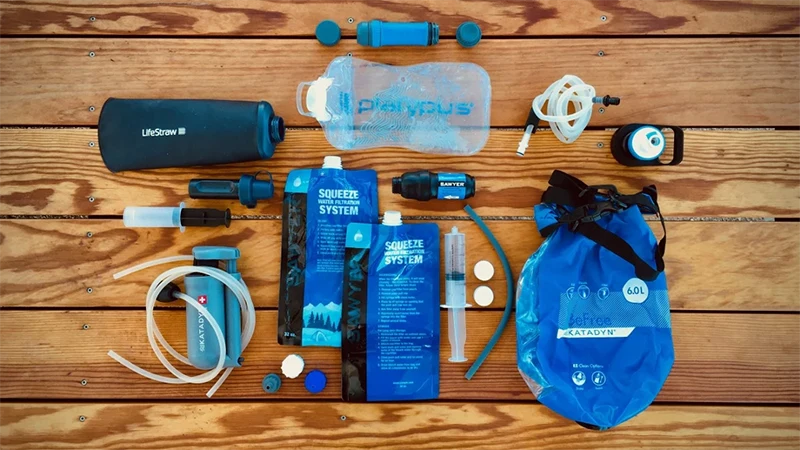

The hiking gear you shouldn’t leave home without
From navigation to emergency shelter and food, here’s what you should always have in your pack.
I love true-survival podcasts. Every time I listen, I’m constantly yelling in my van, “Why don’t you have a Garmin InReach? Why didn’t you download the GPS maps ahead of time?” It got me thinking … why not ask the true experts, AKA real search and rescue teams, to get a hiking gear list for safety?
So I did exactly that. Rocky Mountain Rescue Group’s Emmi Laakso and Drew Hildner, as well as Rafael Kolic, search leader for Flathead County Search and Rescue near Glacier National Park, were gracious enough to provide their insights. On average, Rocky Mountain Rescue Group does about 200 rescues a year, while Flathead County undertakes up to 80. Suffice to say, they know their stuff.
It can be easy for people to quickly get in over their heads, they say, even people experienced in the outdoors. Both Laakso and Hildner emphasize not only always carrying what’s known as the 10 essentials, but also knowing how to use them when needed.
“Gear’s great,” Laakso says, “but it’s a poor substitute for knowledge.”
Continue reading the full article written by Robert Annis here.
From the Squad
Campfire conversations with our community, from Squad Members and Ambassadors to Brand Partners and the Sawyer team.

















